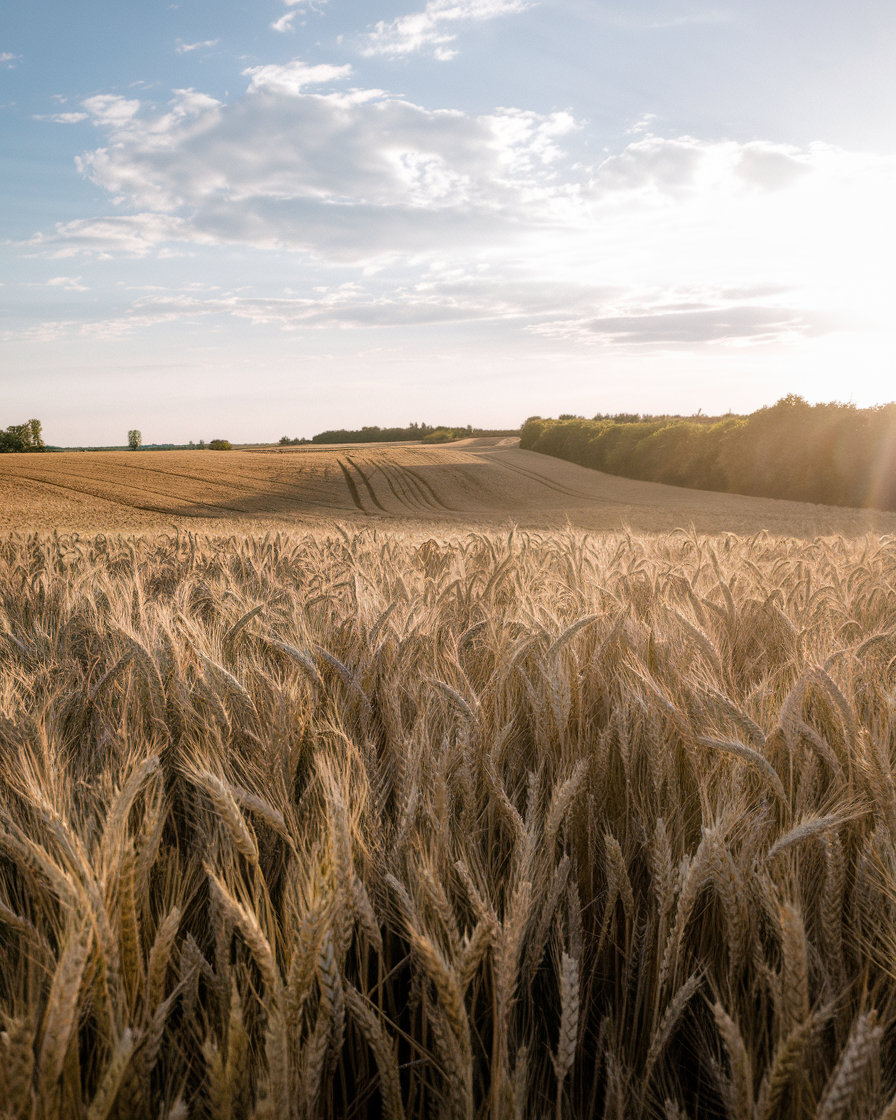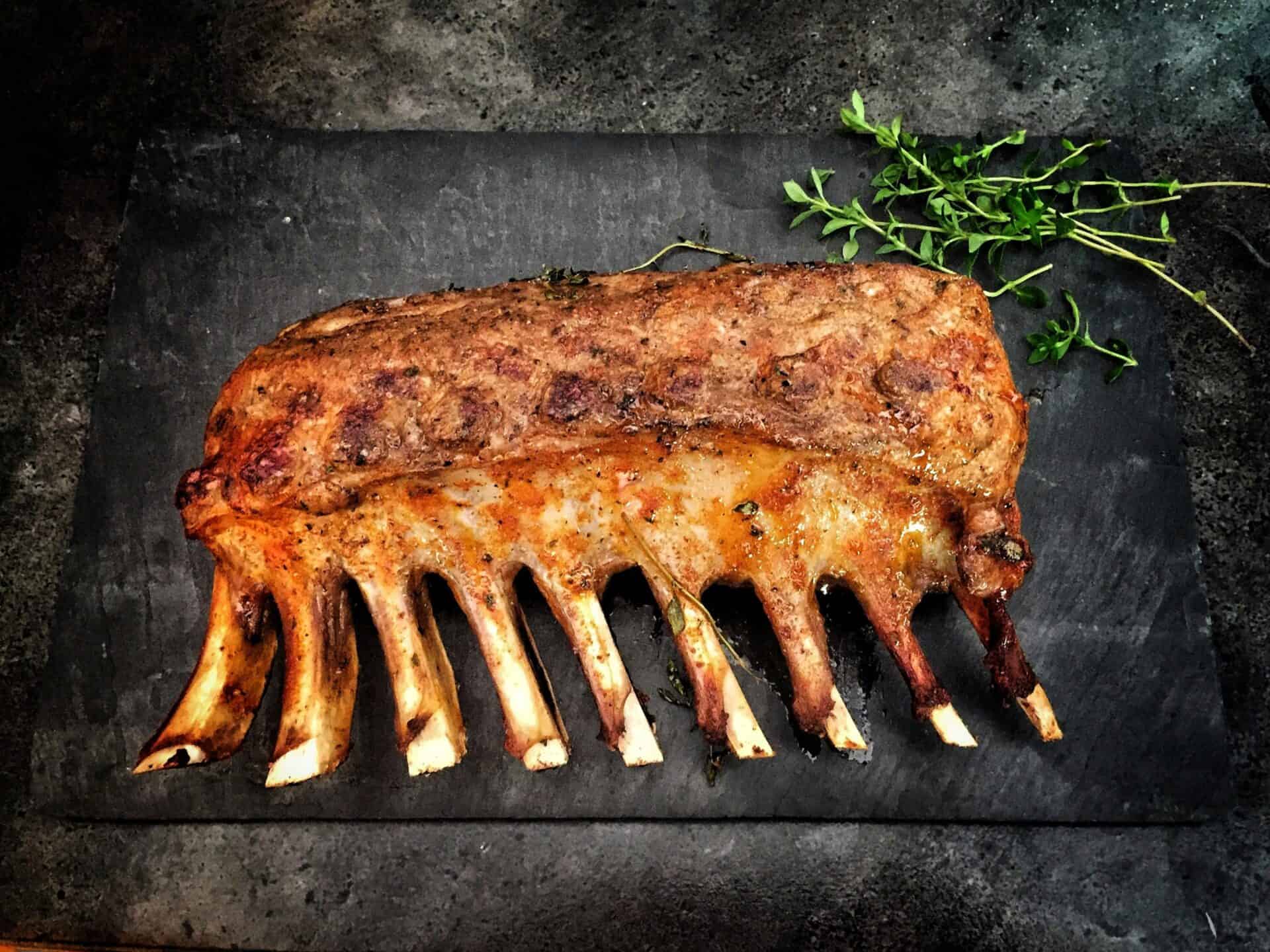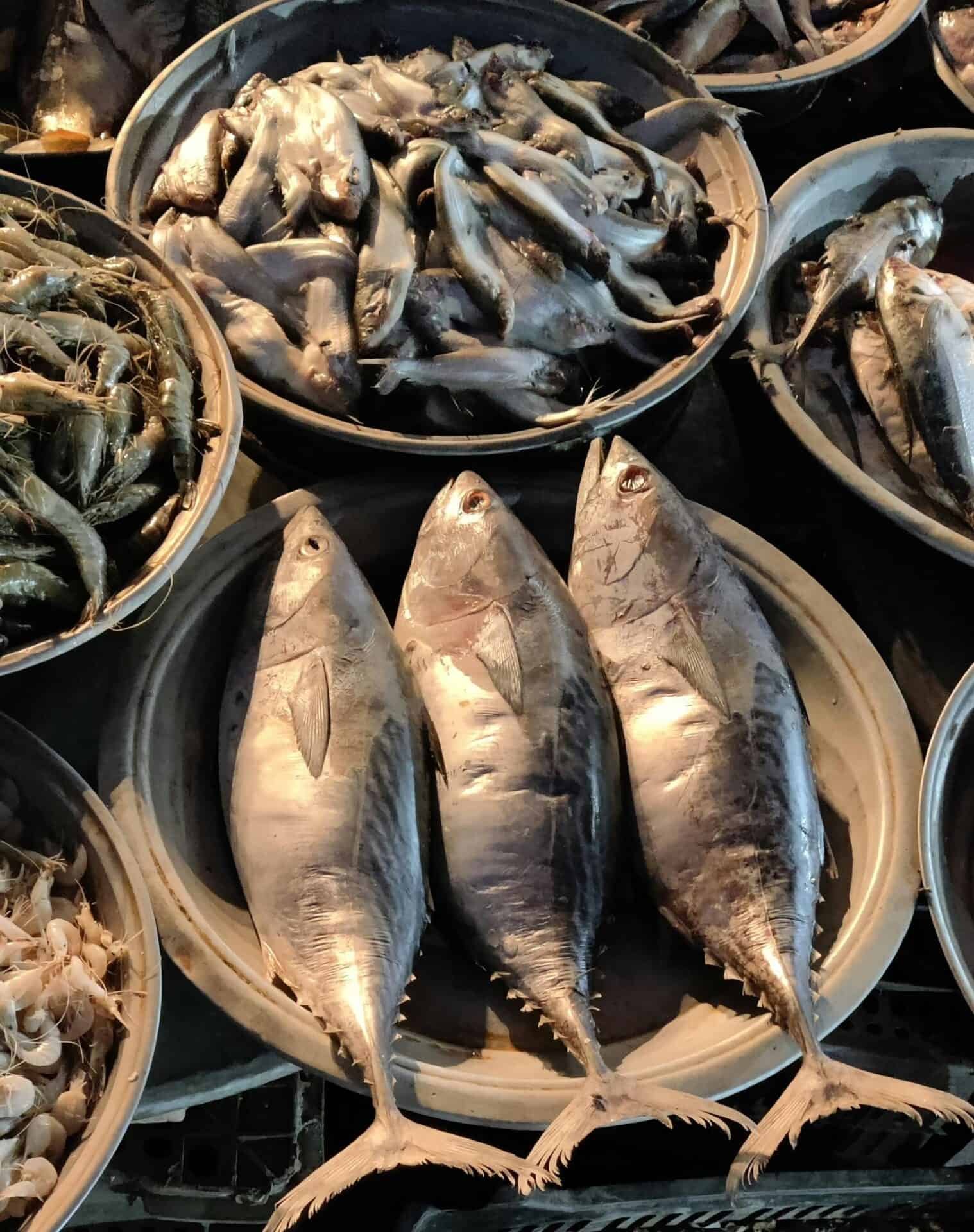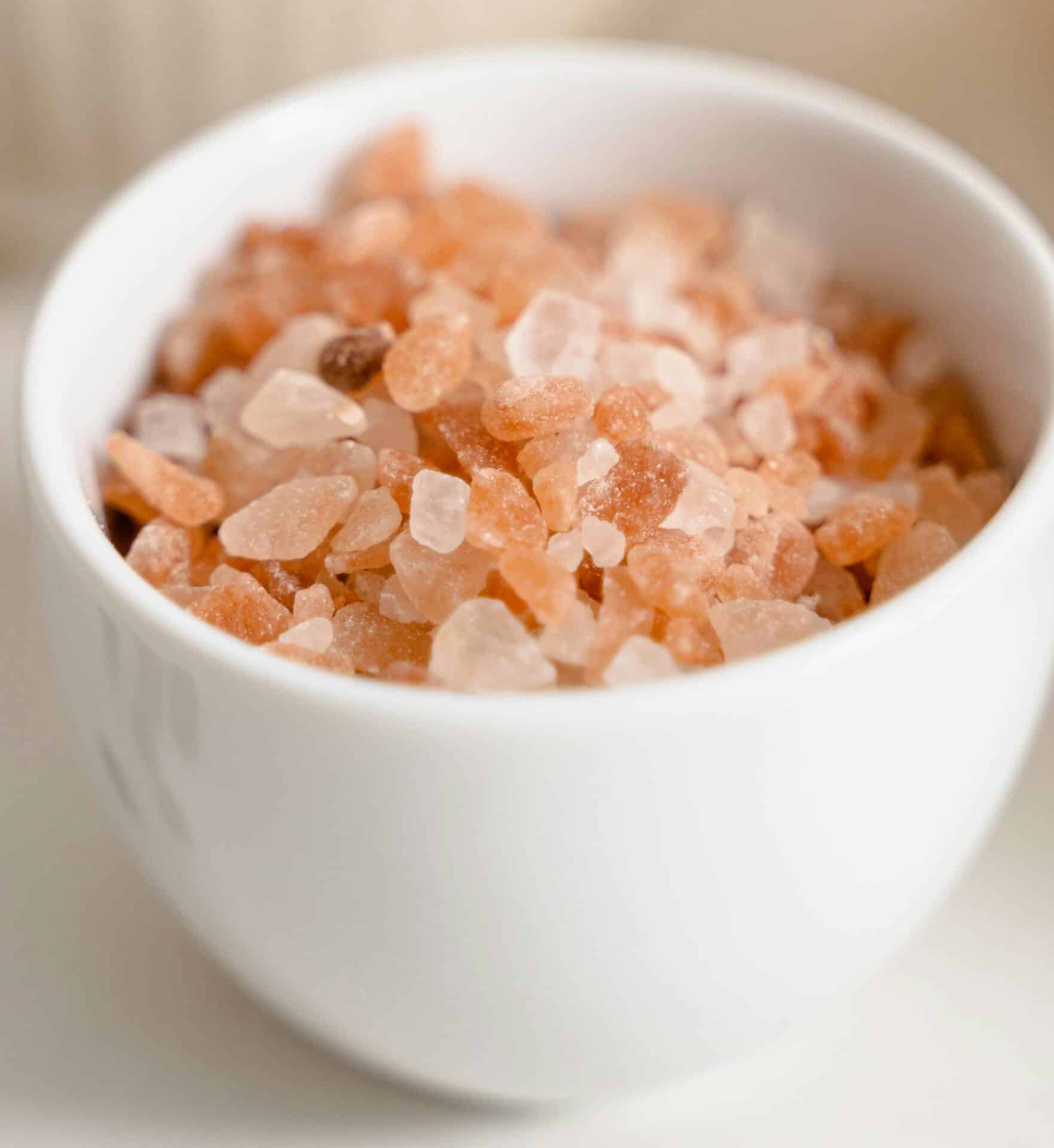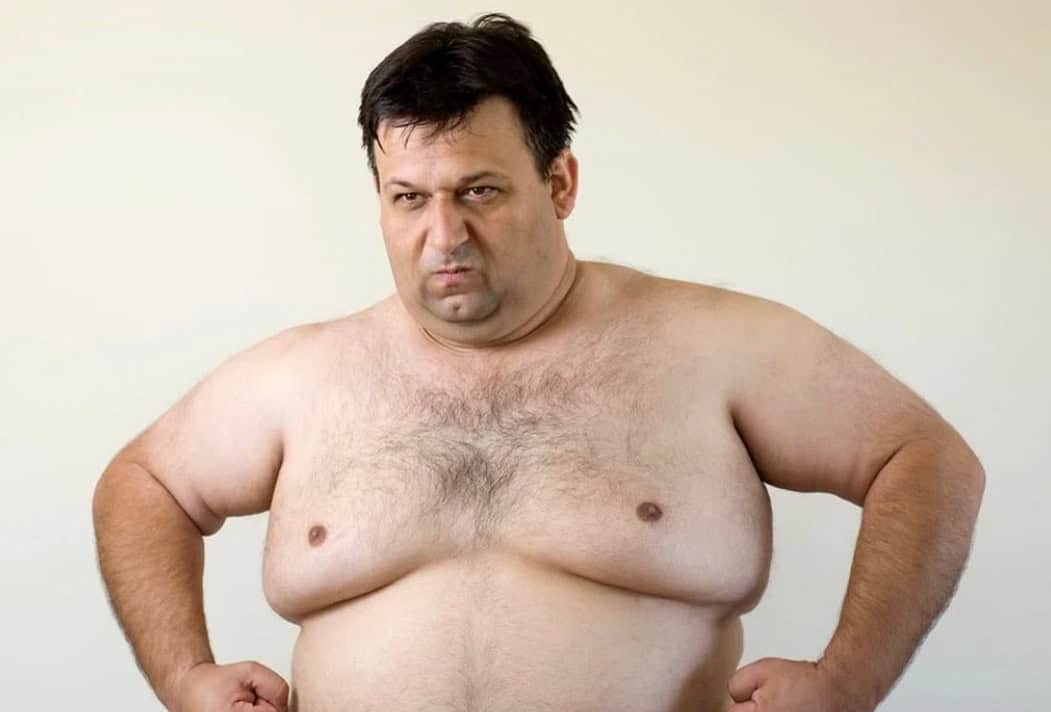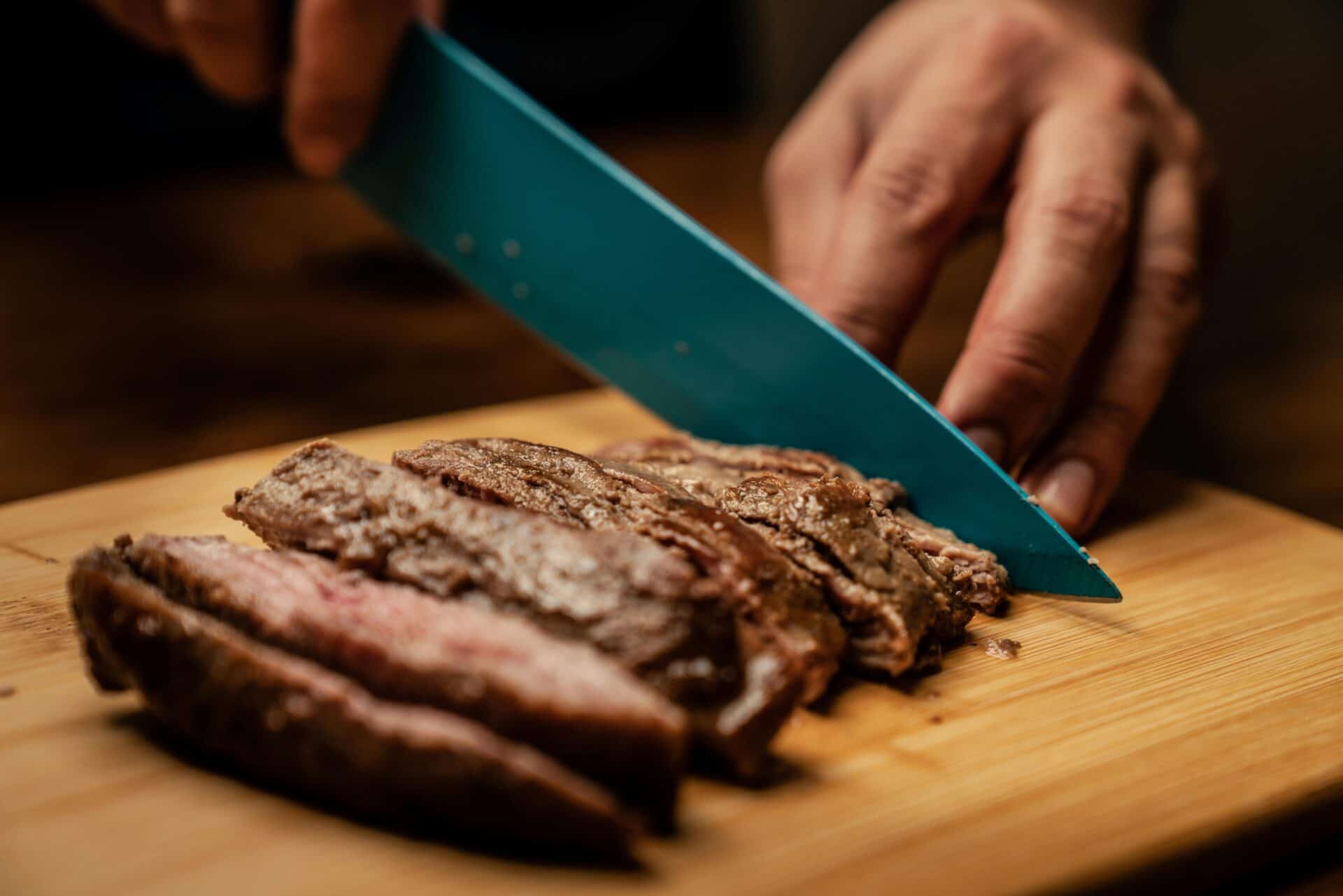Cows Are Not Destroying the Planet: Are We Getting the Full Story?
Cows Are Not Destroying the Planet: Are We Getting the Full Story?
In today’s world, it seems like cows just can’t catch a break. Everywhere you turn, there’s talk about how our meaty diets are burning up the planet, with beef taking the top spot as the worst offender. “Eat less beef to save the world!” they cry. The logic seems airtight: cows are belching methane like there’s no tomorrow, they’re hogging all the land, drinking up the water, and eating the food that could feed humans.
You might be sitting there, nodding along, thinking, “Yeah, cows must be terrible for the planet.” After all, we’re told that producing a single steak requires 25 kilos of grain and enough water to fill a swimming pool. Plus, they say we could nourish an additional 3.5 billion people if we just ate what we feed cows. Alarming, right?
But are they really telling us the whole story?
The Cow Conundrum: The Real Environmental Impact of Beef
First things first—yes, cows, like all livestock, have an environmental impact. That’s not news. But let’s take a step back. If we’re going to talk about the environmental footprint of meat, we need to ask, “What’s the actual impact of not eating meat?”
Sure, veganism is on the rise, but let’s face it—getting 100% of mankind to go plant-based is about as realistic as getting them to all give up Netflix. Let’s be optimistic and say we get 10% of the U.S. to stop eating meat. That’s 33 million people going vegan. What would be the reduction in greenhouse gases from all those cow burps, manure, and meat processing?
Hold on to your kale smoothies because the number’s going to blow your mind: 0.26%. Yep, that’s not even measurable. It’s like trying to feel the difference between doing 1000 push-ups versus 998. Frank Mitloehner, a professor of animal science and air quality expert at UC Davis, says if the entire U.S. went vegan for a year, the reduction in emissions would be just 2.6%. So 10% of the population going plant-based? That’s a drop in a very big bucket.
Are Cows Really Hogging All the Water?
Now, let’s talk about the big water myth. You’ve probably heard the stat that it takes 2500 liters of water to produce one hamburger. Sounds horrifying, right? But what they don’t tell you is that the majority of that water is “green water”—rainwater. And that rain would fall on the land whether the cows were there or not. The vast majority of the water cows actually consume comes from the feed they eat, which, spoiler alert, they pee out pretty quickly. It’s not like the water just vanishes.
For perspective, that same quarter-pounder hamburger uses 122 liters of non-green water (the stuff we actually care about), which, yes, is more than rice at 90 liters or bread at 55 liters. But think about this: a quarter-pound (only 115 grams) of almonds takes 1,097 liters of water, almost ten times more than beef. So next time you’re sipping that almond milk latte, just remember—it’s not exactly saving the planet either.
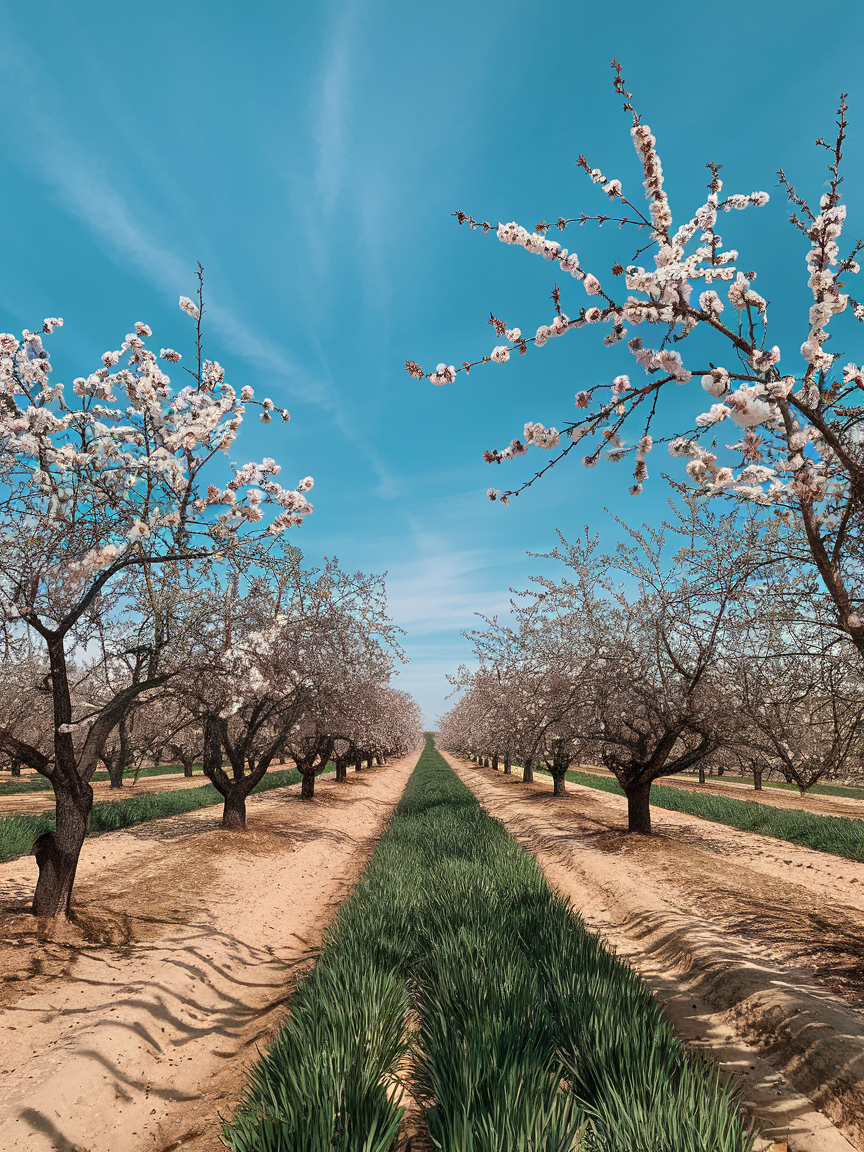
The Land Debate: Are Cows Wasting Prime Real Estate?
Another popular argument is that if we stopped raising cows, we could free up all this land to grow crops. But here’s the kicker: two-thirds of agricultural land is considered “marginal”—meaning you can’t grow crops on it. It’s either too rocky, too dry, or too hilly. The only thing that thrives on this land? Grass. And who can eat grass? Ruminant livestock, like cows.
Without cows, two-thirds of the world’s agricultural land would go to waste. And get this: cows not only make use of land that would otherwise be useless, they also provide manure, which is the backbone of organic farming. In fact, half of all the fertilizer used in the world comes from livestock. Without them, growing all those plant-based foods would be a whole lot harder.
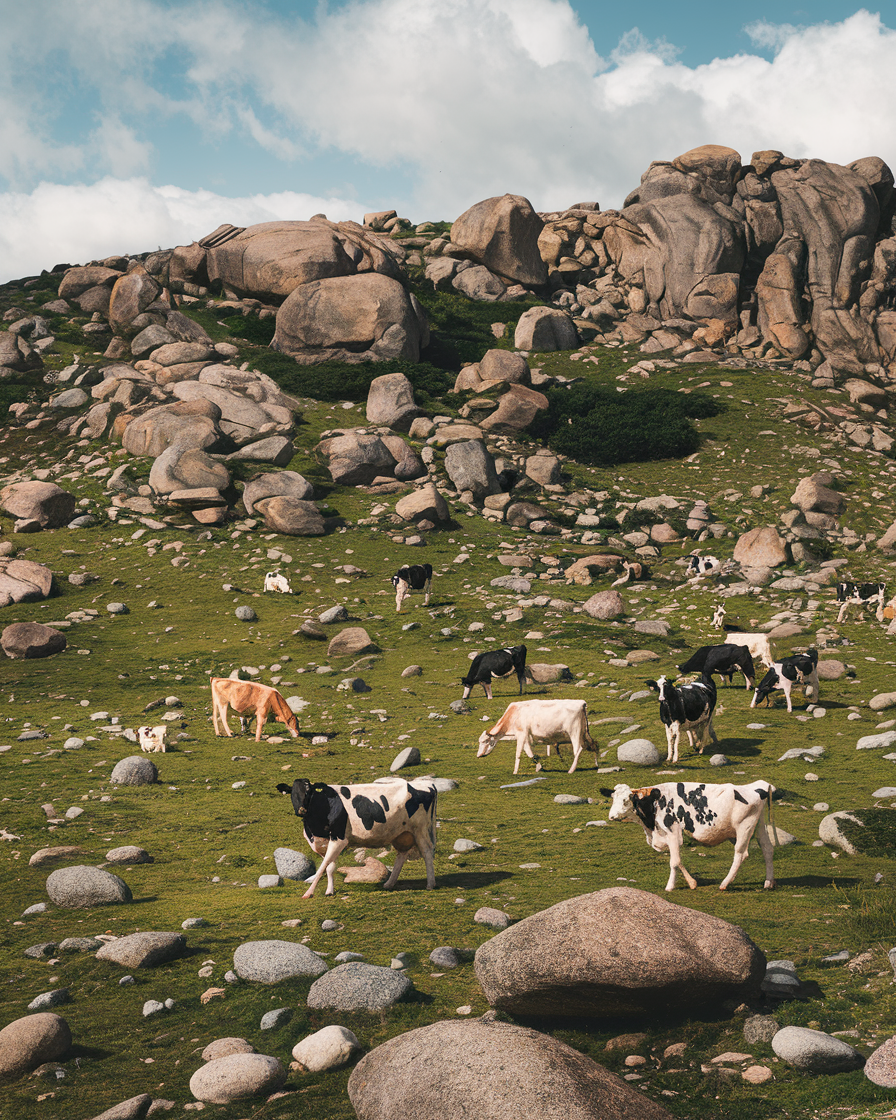
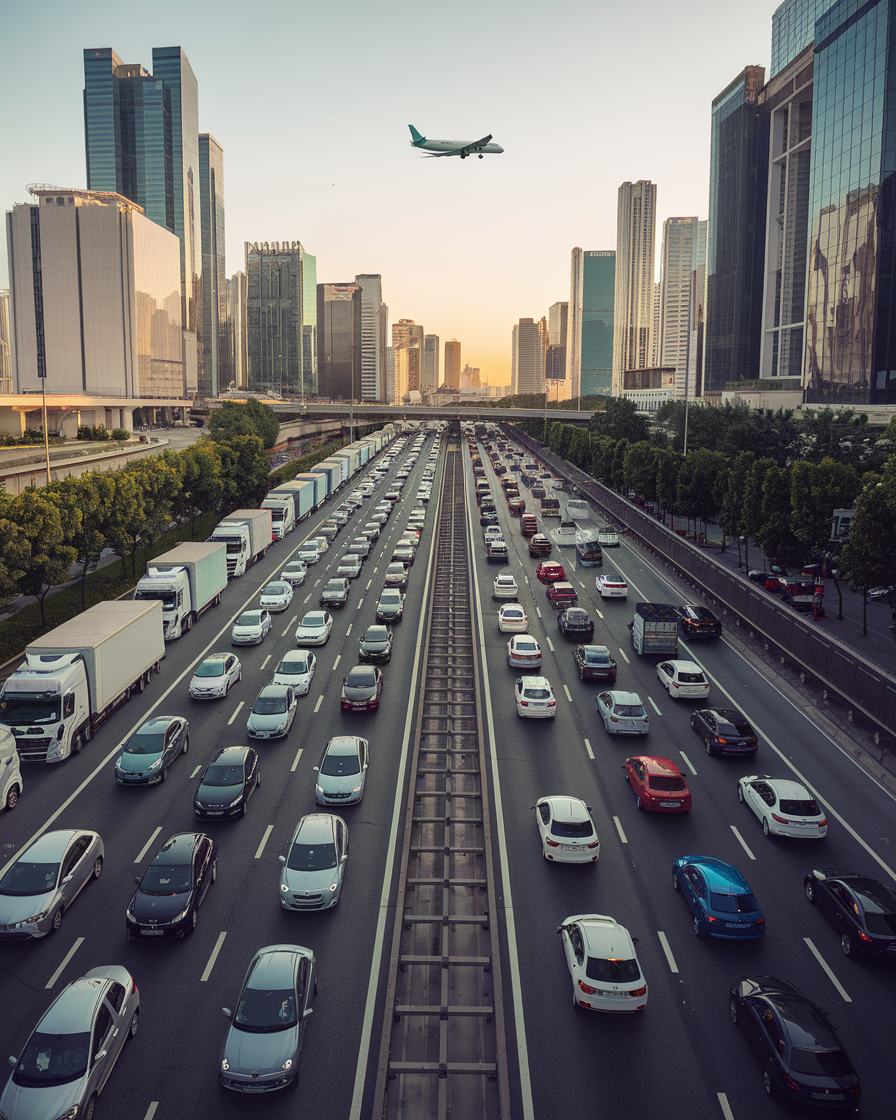
The Great Methane Misunderstanding
But what about methane, you ask? Sure, methane is a more potent greenhouse gas than carbon dioxide, but here’s what people don’t talk about: methane from cows comes from a natural cycle. Grass absorbs carbon from the air, cows eat the grass, burp out methane, and then in 10 to 12 years, that methane breaks down into water and carbon dioxide, which the grass then absorbs again. It’s a closed loop.
Contrast that with carbon emissions from cars and airplanes—fossil fuels pulled from deep underground and burned, adding new carbon to the atmosphere. That carbon stays up there, contributing to warming for centuries. Cows, on the other hand, aren’t adding new carbon; they’re just cycling the carbon that’s already in the atmosphere.
So, Are Cows the Villains?
Look, I’m not saying cows are totally innocent. Yes, globally, livestock make up 14.5% of emissions, but here’s what they don’t tell you: 80% of those emissions come from developing countries where agricultural practices are far less efficient. For example, in the U.S., cows account for just 2% of the greenhouse gas emissions, and the USA produces 18% of the world’s beef with only 6% of the world’s beef herd. That’s efficiency.
If you’re still not convinced, think about this: long before Europeans settled America, there were 50 million wild bison roaming the plains, emitting methane. Those methane levels were estimated to be about 86% of what we see today from livestock. Ruminants have always been part of the natural ecosystem, and their role in carbon cycling is nothing new.
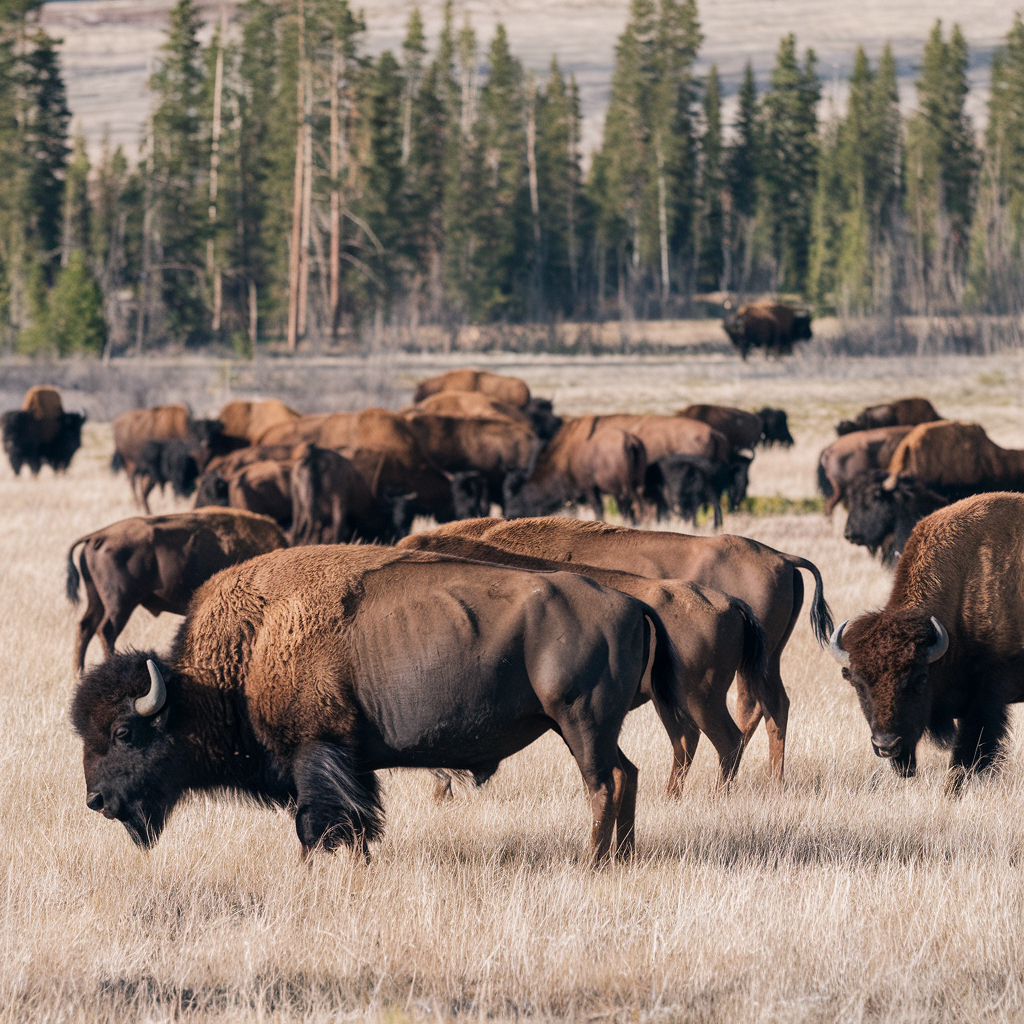
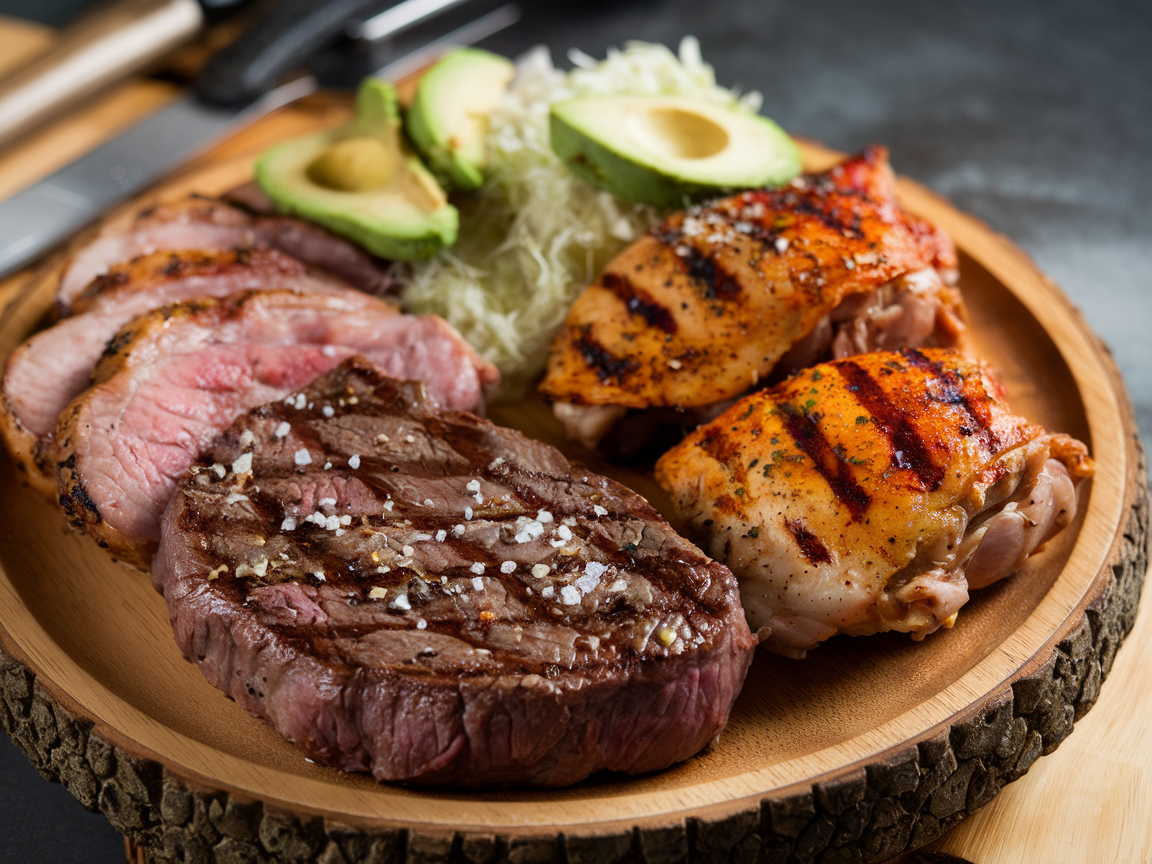
What Now?
So, the next time you hear someone say cows are destroying the planet, take a deep breath and ask them for the full story. Sure, livestock have an impact on the environment, but so does everything we eat, drive, and wear. If we really want to tackle climate change, oversimplifying the issue by blaming cows isn’t going to get us anywhere.
Enjoy that steak—responsibly, of course—and don’t let anyone guilt-trip you into thinking you’re personally dooming the planet. The world’s a little more complicated than that.
Bon appetit,
Patrick
Your Steak-Slaying Sensei 🥩💥
Hold On. Still Not Entirely Convinced?
Still on the fence about whether cows are really the villains threatening the health of our precious planet? Don’t worry—you’re not alone. There’s been a lot of noise out there, but this video breaks it all down in simple, straightforward terms. It clears up the confusion around cows, meat consumption, and the environment, so you can finally see through the myths and understand the truth. I invite you to give it a watch and see for yourself how much of the narrative we’ve been fed is, well, a load of bull.
Related Carnivore Chronicles
You’ve made it this far—why stop now? Dive into these juicy Caveman Diaries that’ll keep your carnivore game strong. Whether you’re here for tips, tricks, or a good laugh at those “plant-based” myths, we’ve got you covered. Grab your steak, sit back, and enjoy the ride!
Oh, and while you’re at it, why not share this chronicle with your mates?
Hit Me Up – Let’s Get You Back in the Game!
Tired of feeling blah and ready to feel fit, healthy, and confident again? Shoot me a message, and let’s talk about how my carnivore and fitness coaching can help you crush your goals. This is your chance to start a real transformation – let’s make it happen together.

